WSSP
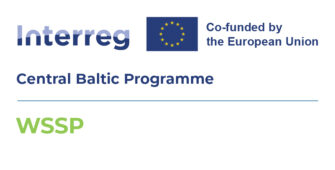
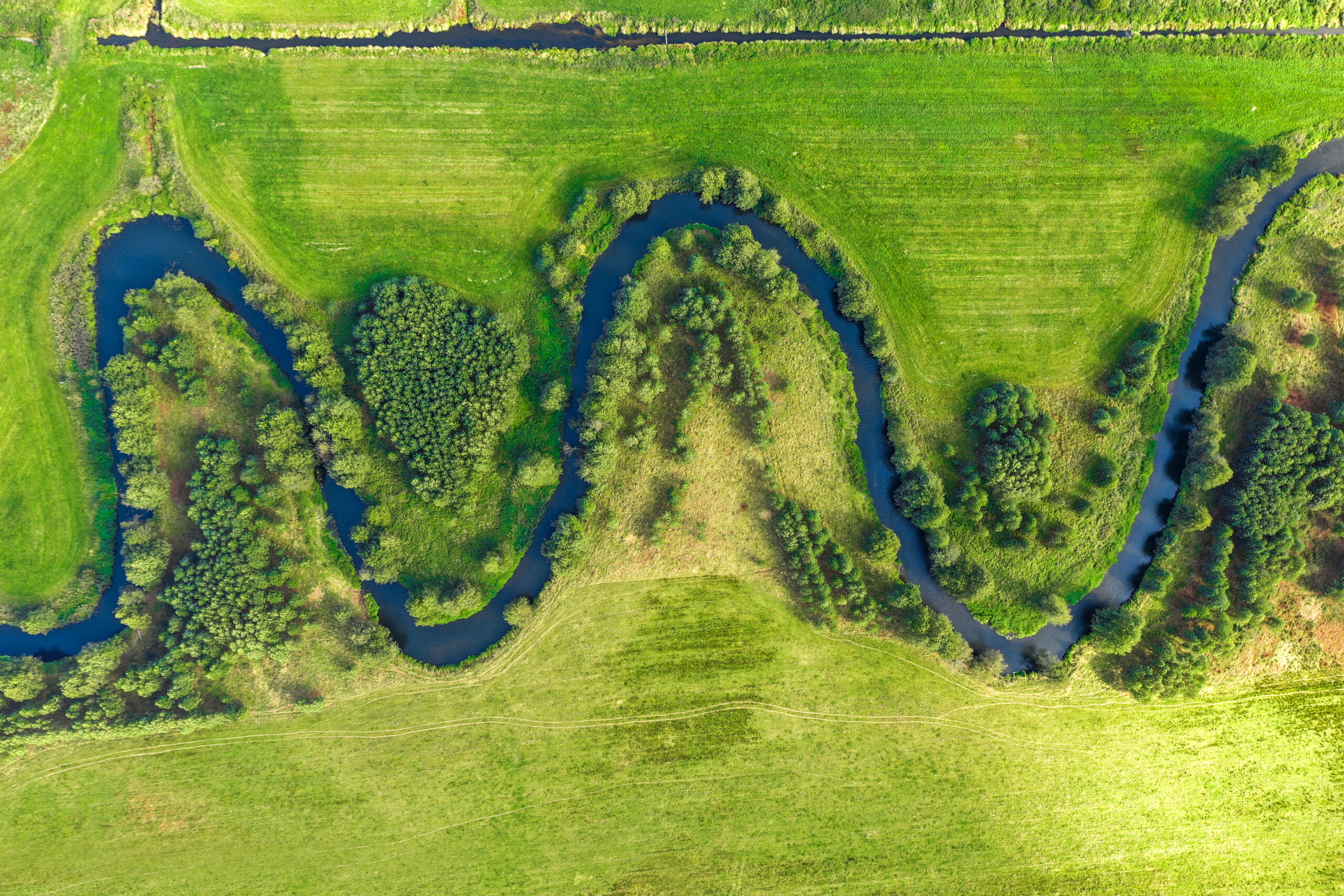
WSSP
The Baltic Sea and its surrounding areas are exposed to pollution from rural and urban catchment areas. The pollution can contain harmful nutrient inflows, hazardous substances, and pathogens. Whereas point pollution sources are often easy to identify and address, diffuse pollution from e.g. urban and agricultural areas is less obvious and therefore harder to identify and mitigate.
The project promotes a practical and resource-wise Watershed Safety Plan (WSSP) operational model that enables municipalities, water utilities and other relevant actors to reduce the amount of diffuse pollution from reaching the Baltic Sea. The goal is to create a generally applicable watershed-based water management model that improves water quality and residents’ well-being in the central Baltic Sea region.
Expected results
To ensure a generally applicable model, the WSSP operational model is piloted in densely built areas as well as sparsely populated agricultural and forestry areas in Finland, Estonia, Latvia, and Sweden. Furthermore, the model is co-developed in close cooperation with its end users.
Each pilot area is surveyed in detail with modern technologies such as Geological Information System (GIS) mapping tools and water monitoring methods to identify risk areas. Sustainable water protection activities are targeted and implemented at these risk areas to reduce diffuse pollution resource-wisely and effectively.
The main result of the project will be a digital guide on how to use the WSSP operational model. In addition, to ensure a smooth adoption among the end users, the project will organise trainings and produce training materials for using the WSSP.
Expected results
To ensure a generally applicable model, the WSSP operational model is piloted in densely built areas as well as sparsely populated agricultural and forestry areas in Finland, Estonia, Latvia, and Sweden. Furthermore, the model is co-developed in close cooperation with its end users.
Each pilot area is surveyed in detail with modern technologies such as Geological Information System (GIS) mapping tools and water monitoring methods to identify risk areas. Sustainable water protection activities are targeted and implemented at these risk areas to reduce diffuse pollution resource-wisely and effectively.
The main result of the project will be a digital guide on how to use the WSSP operational model. In addition, to ensure a smooth adoption among the end users, the project will organise trainings and produce training materials for using the WSSP.
Duration 01.05.2024 - 31.10.2027
Total budget
Programme priority
Improved environment and resource useProgramme objective
PO4 - Improved coastal and marine environmentLead partner
Häme University of Applied Sciences Ltd.Project Stories
Gallery



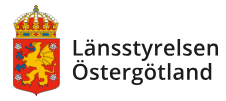

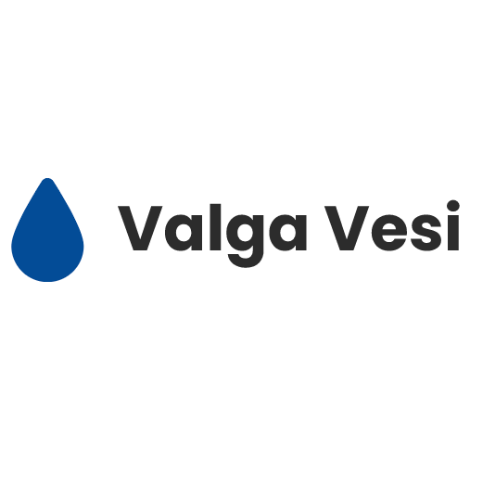
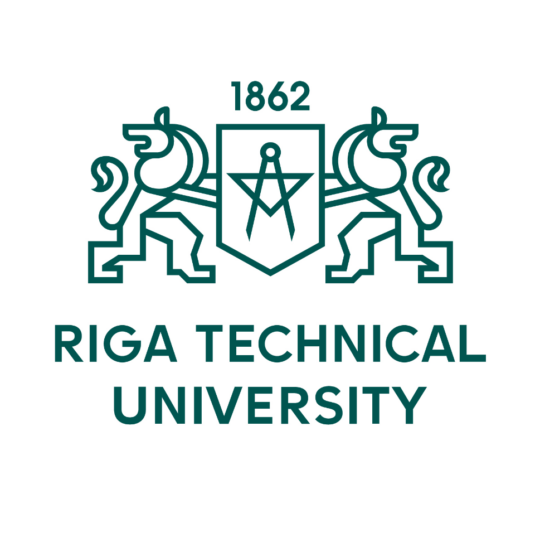

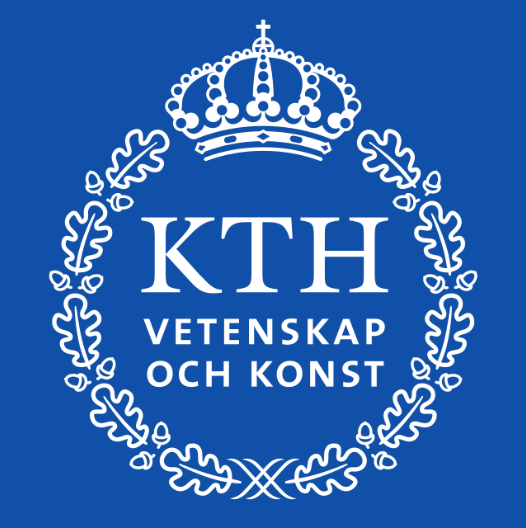

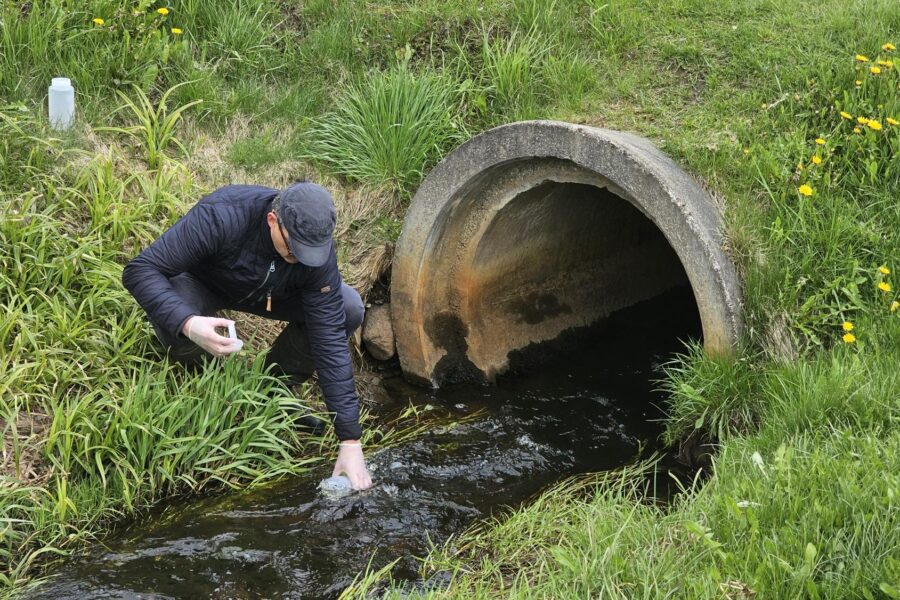

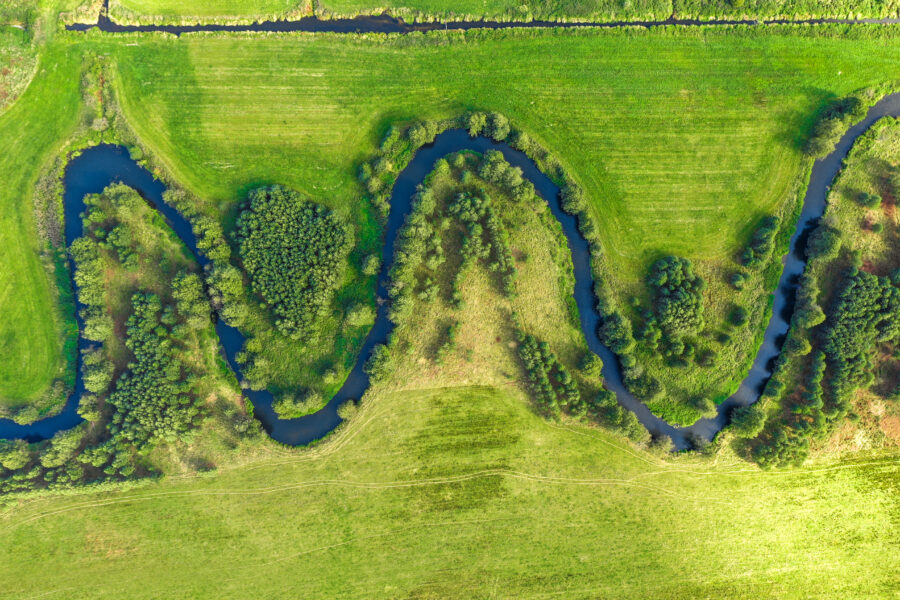


Find WSSP on social media